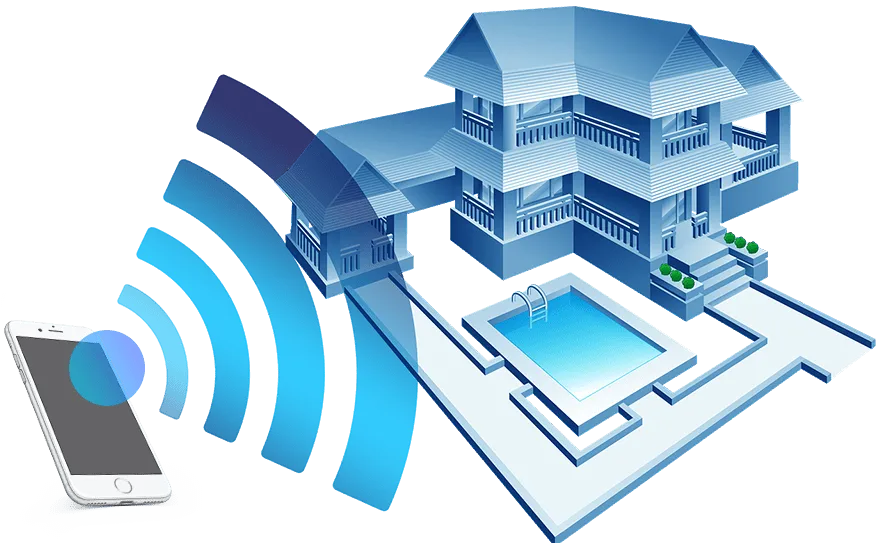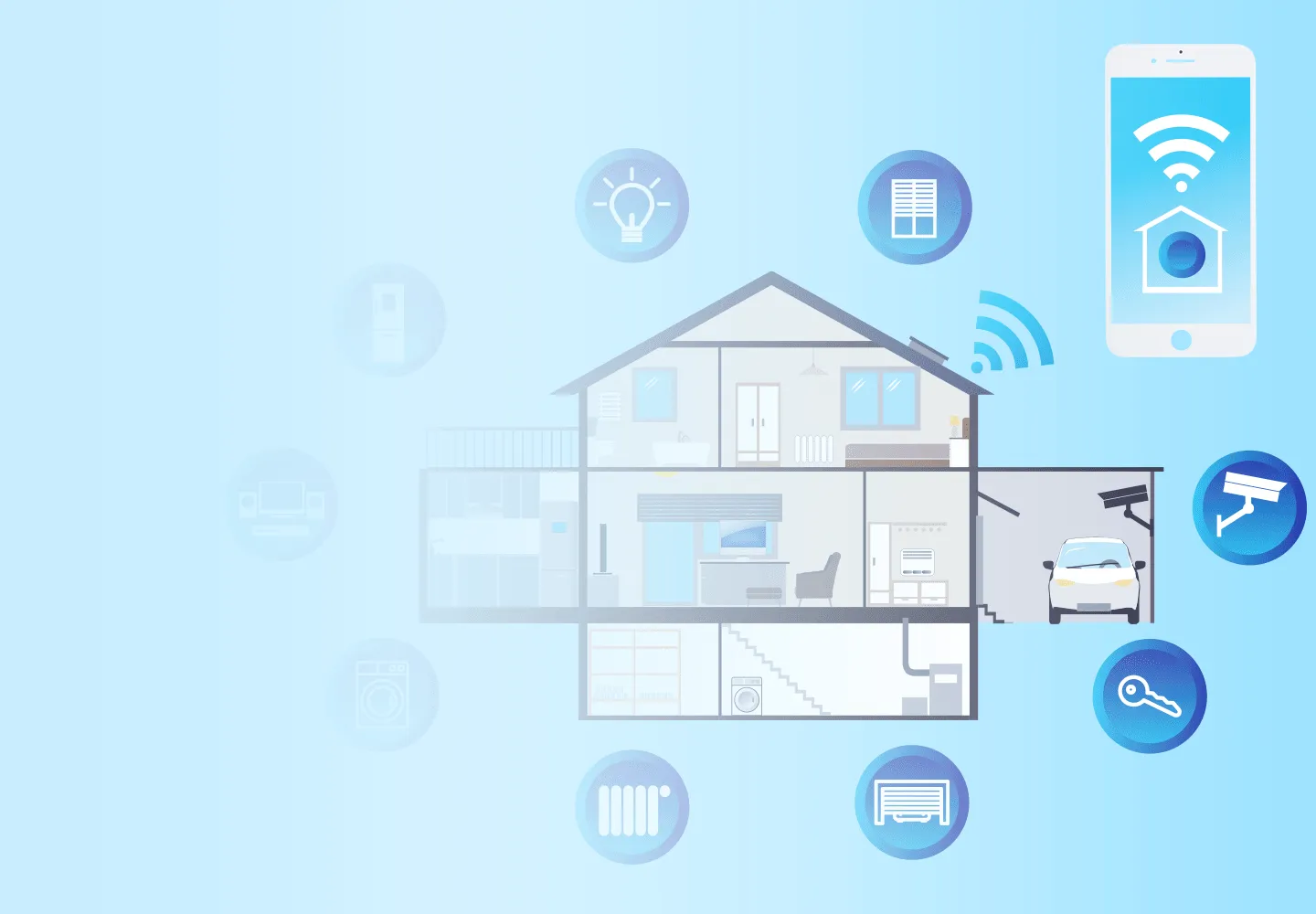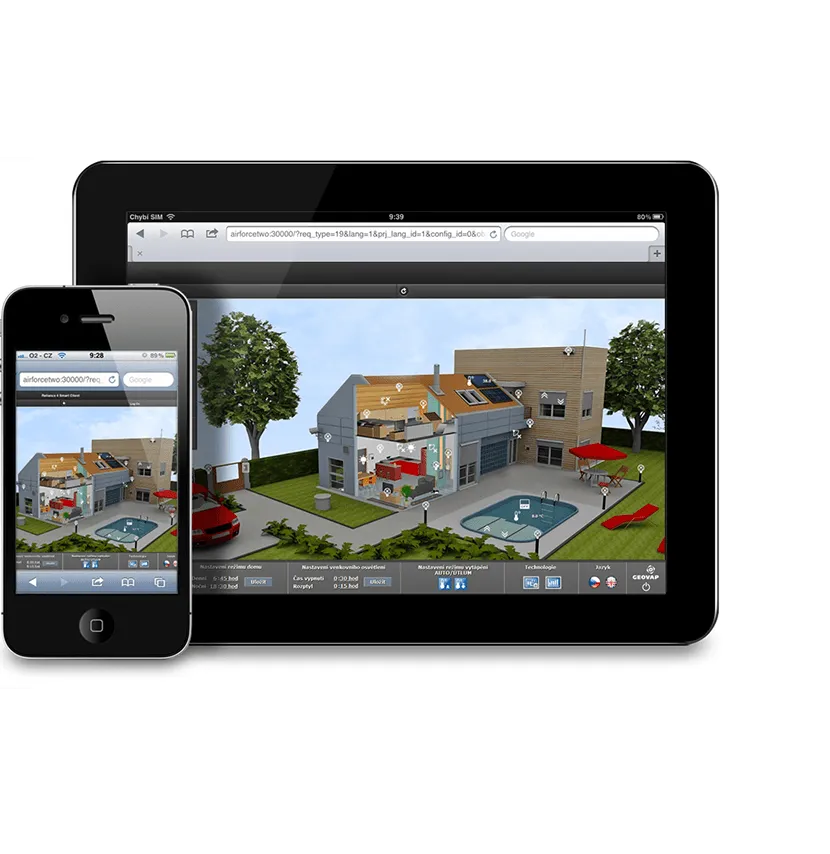Home Automation: Embedded Development for Smart Home
Working with the leading Smart Home company, Waverley created a hybrid mobile application allowing remote monitoring and control of security, heating, and electricity for home management devices. We also helped the client develop embedded software for security panels and voice communication.





